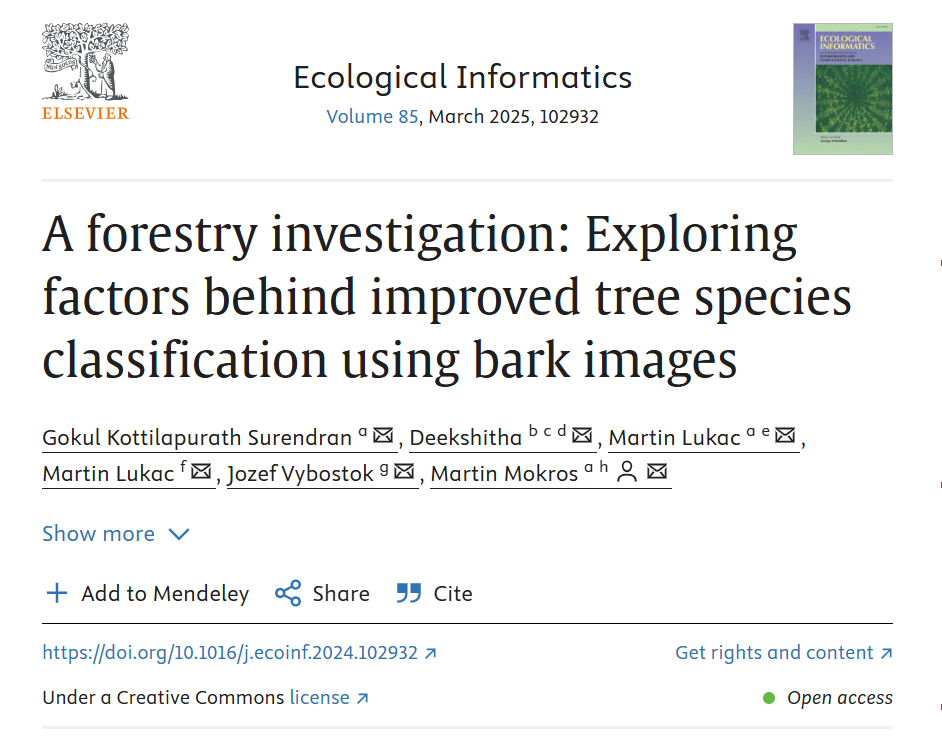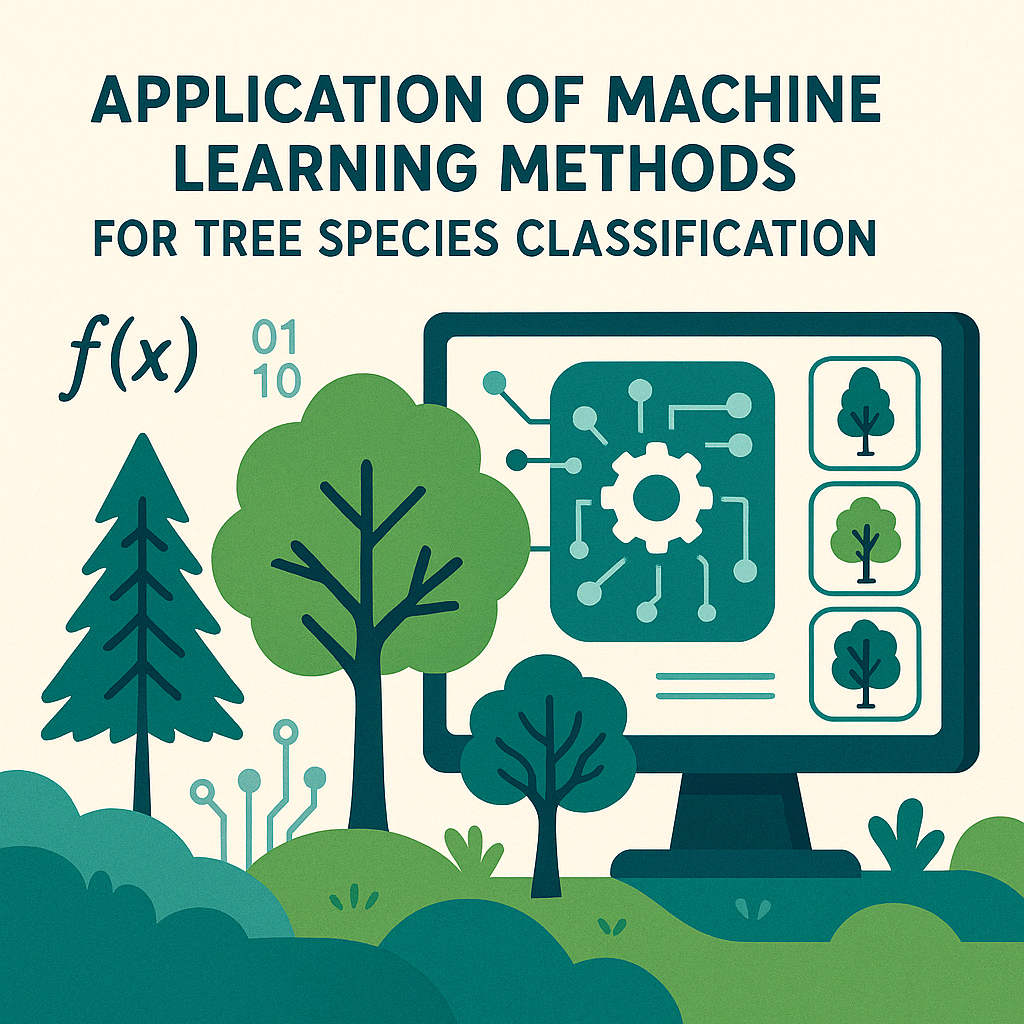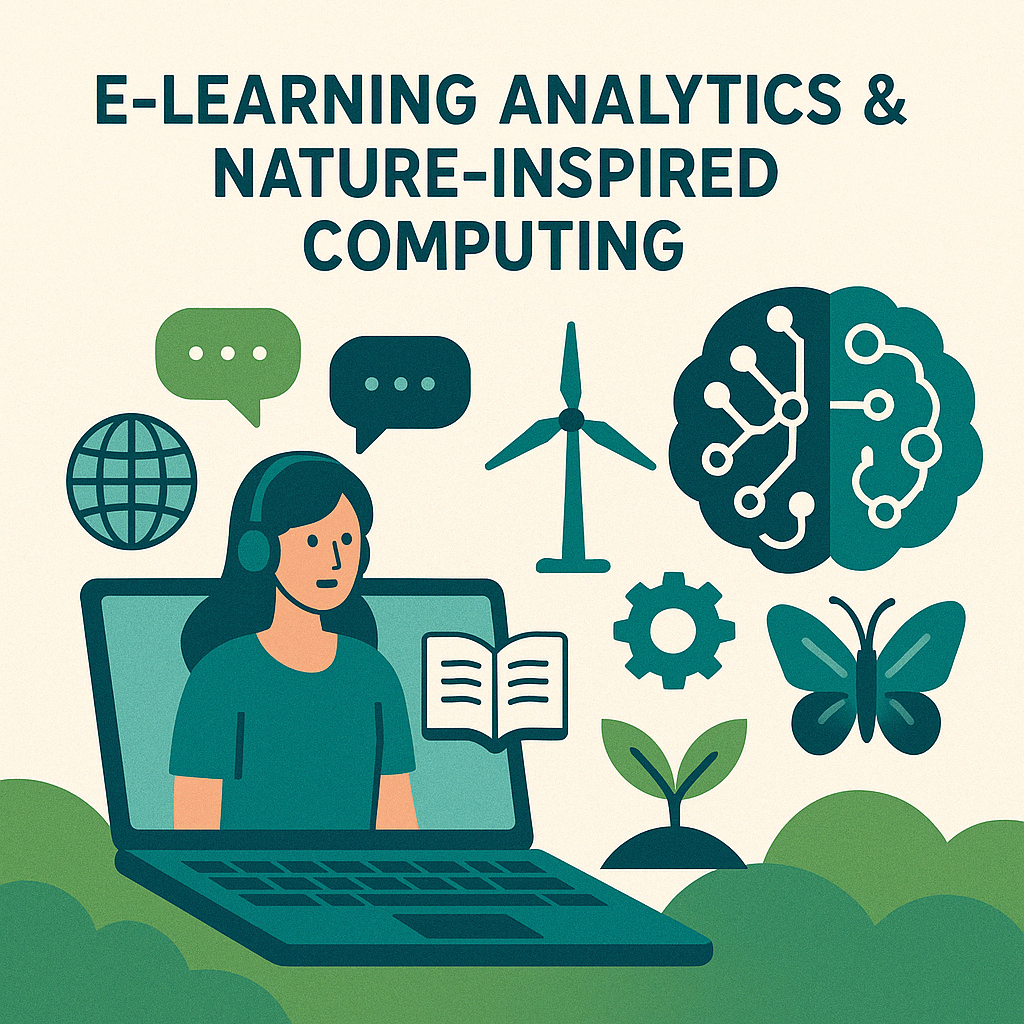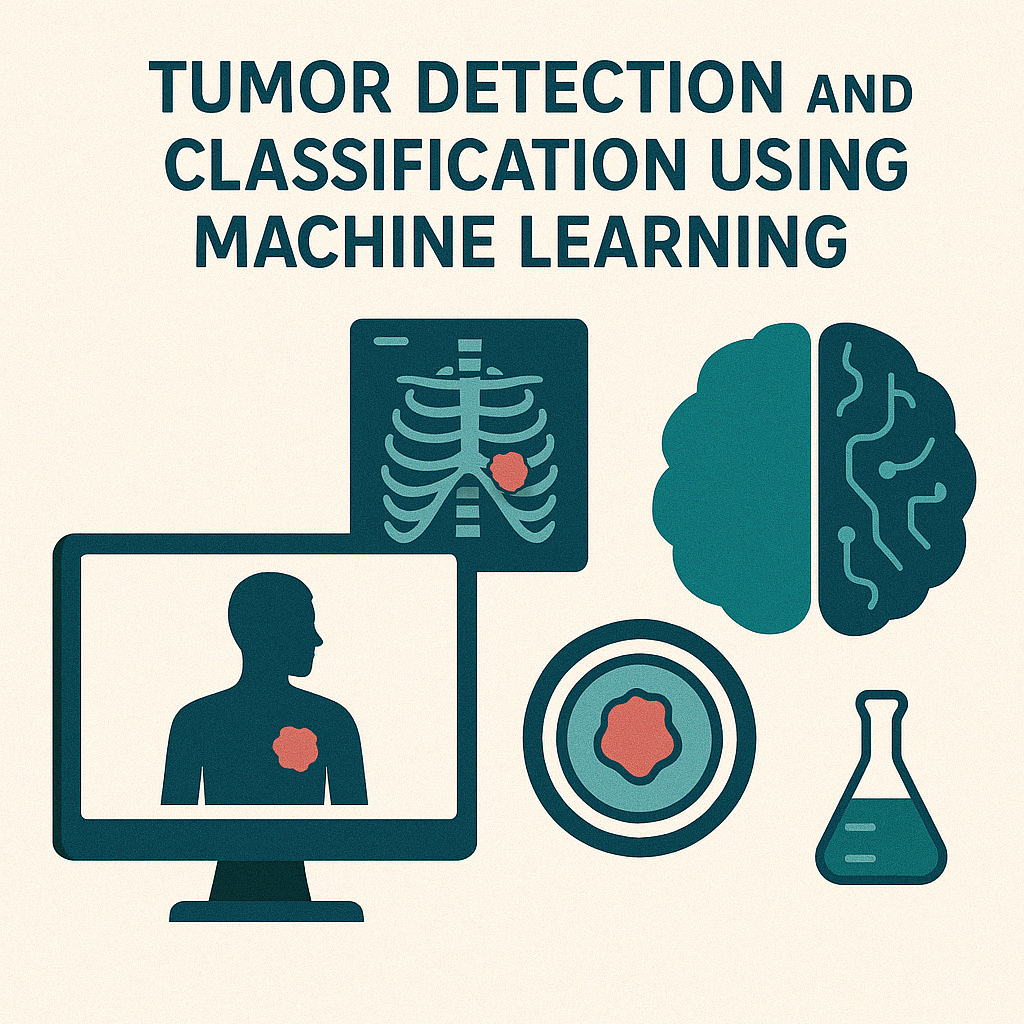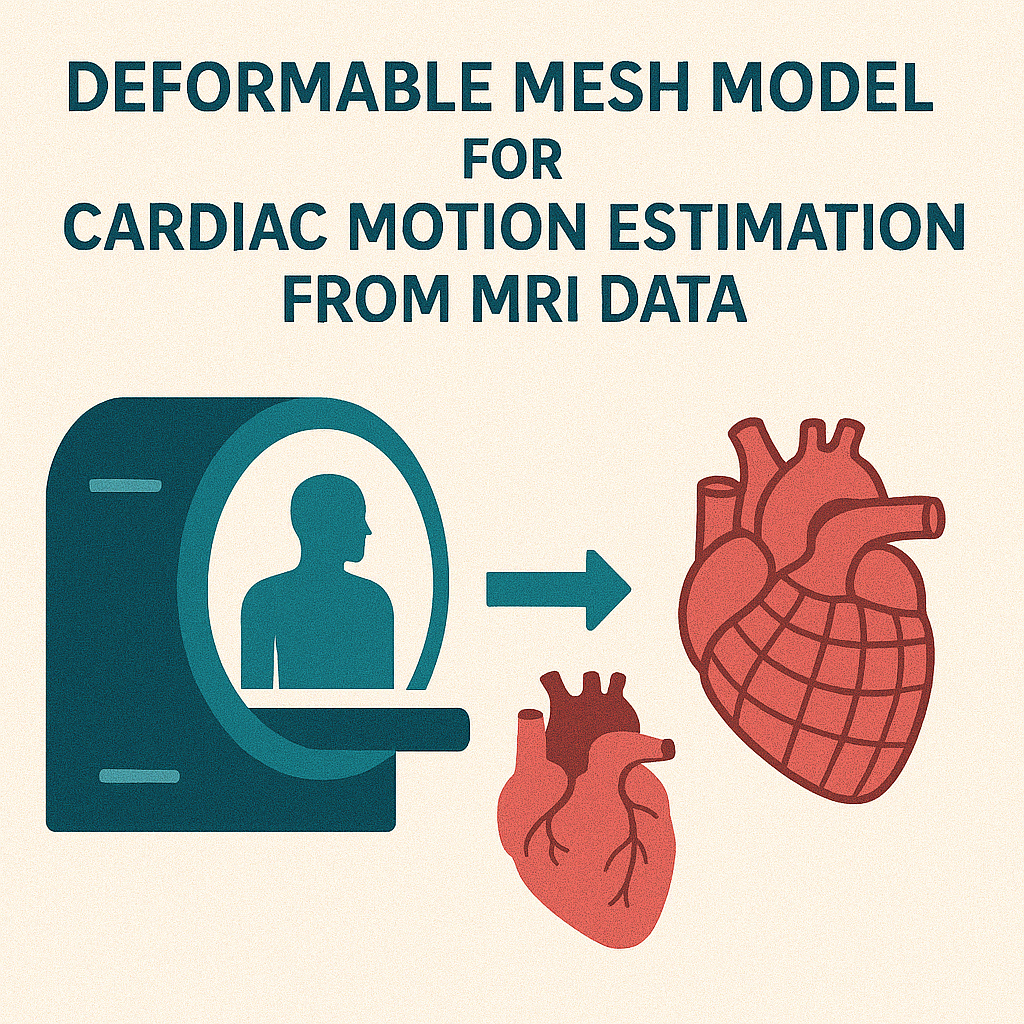Current Research: My PhD research focuses on applying classical machine learning and deep learning algorithms to tree species classification. I have worked extensively with both classical machine learning techniques and deep neural networks to achieve this objective. In addition to implementing these algorithms, I have also aimed to identify common challenges and provide guidance for interdisciplinary research.
-
Step 1: To address this, my first manuscript focused on identifying the most effective model for tree species classification using bark images. Additionally, I developed a user-friendly software tool, CNN Parameter Tuner, designed to help interdisciplinary researchers perform parameter tuning on CNN models with any user-defined image dataset.
-
Step 2: As my research progressed, I observed that while deep neural networks were becoming increasingly popular, classical algorithms still had significant potential. To maximize their effectiveness, I explored various approaches, and my boosted SVM model achieved an accuracy ranging from 80% to 92%. To further support interdisciplinary researchers, I also developed another software tool, Advanced Machine Learning Classifier, enabling users to perform classification tasks without requiring coding expertise.
Future Goals under process: One of the primary challenges in tree species classification using bark images is the limited availability of datasets. To address this, I created various small datasets from the Czech Republic and the Slovak Republic, covering four tree species. Furthermore, I compiled a large dataset of 27,000 images representing eight species from three different locations in the Czech Republic. Based on this dataset, I developed a novel fusion model for classification, and a related manuscript is currently under process.
Download Resume


